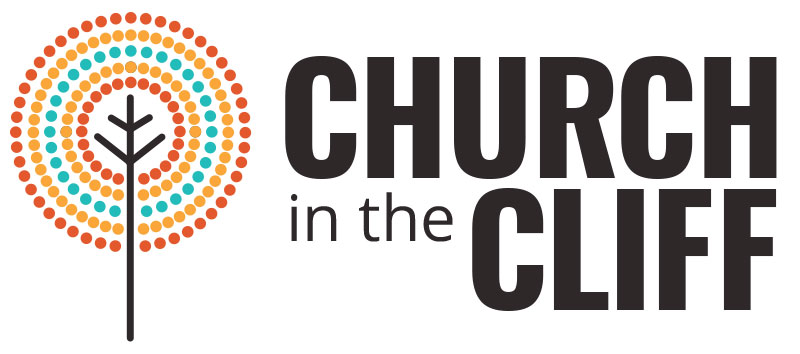Our lectionary brings us to what is called The Transfiguration, where Jesus transforms into a divine figure on a mountain top to Peter, James and John. Traditionally this story has been understood as a reminder of Jesus’ divine pedigree due to thegrowing disbelief of Jesus as the Son of Man. The timing of this passage, after all, takes place along the journey to Jerusalem where we know Jesus’ fate. But perhaps there is more to this story than the ostentatious, “Hey, I’m Jesus, look at me!” Perhaps there is a lesson in discerning the act of transfiguration.
By definition, transfiguration means a complete change of form or appearance into a more beautiful or spiritual state; one no longer of this world.Here’s how the disciples experienced Jesus’ transfiguration:
- Jesus took them on a hike up a mountain
- Jesus’ clothes suddenly appeared whiter than bleach white
- Elijah and Moses came along to chat with Jesus
- A voice started booming from a cloud
- And then Peter, James and John were told not to talk about it with others
Peter, James and John were terrified. Terrified like any human being would be in the literal face of change- a paradigm shift in theway one understands the world. When we are exposed to a transfigured moment- the birth of a baby, the loss of a job, or thebeginning of a new relationship- our first reaction is usually excitement and fear. And after that change is exposed, we want to try and understand it;, we ask questions, we ask “why?” And inaccepting an understanding of that “why,” we, ourselves are transformed.
Transfiguration for us might not appear in a talking cloud, but opening up to the possibility (or even embracing the possibility) of a transfigured world where God is revealed around us, providesthe opportunity for our own transformation.
Wes
